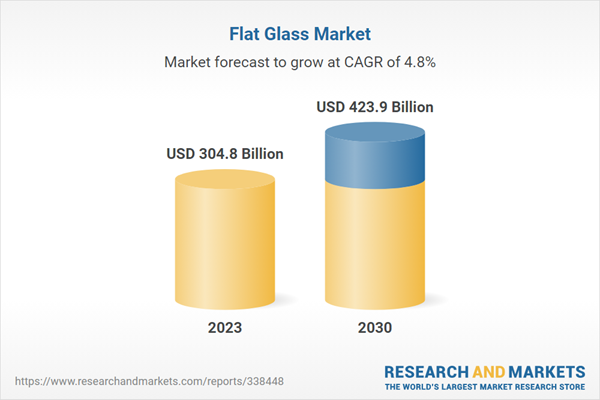

The Transformation of Glass From Clear to Frosted
Glass has long been a versatile material, prized for its clarity, strength, and aesthetic appeal. However, the transformation of glass from clear to frosted represents a significant evolution in both its functionality and decorative qualities. This transition not only enhances the physical properties of glass but also broadens its applications across various fields, including architecture, interior design, and even art.
The Transformation of Glass From Clear to Frosted
Frosted glass, on the other hand, has a distinctive opaque appearance that diffuses light. This effect is achieved through various methods such as sandblasting, acid etching, or applying a frosted film. The result is a surface that scatters light, creating a soft glow while obscuring visibility. This unique characteristic makes frosted glass a popular choice in environments where privacy is desired, such as bathroom windows, office partitions, and conference rooms.

The aesthetic appeal of frosted glass cannot be overstated. Its soft, muted quality introduces a sense of tranquility and elegance to spaces. Interior designers often utilize frosted glass in cabinetry, shower doors, and room dividers to create a balanced atmosphere that combines functionality with beauty. Unlike clear glass, which can sometimes feel harsh or clinical, frosted glass adds warmth and sophistication to any interior setting.
In addition to its aesthetic and privacy benefits, frosted glass is also a practical choice in many contexts. For example, it helps to reduce glare, making it easier to work in spaces illuminated by natural light. Additionally, frosted glass can be easier to clean and maintain than clear glass, as fingerprints and smudges are often less visible. This factor is particularly advantageous in high-traffic areas where cleanliness is paramount.
The use of frosted glass is also making waves in modern architecture. Architects are increasingly incorporating this material into building facades, skylights, and staircases, providing not only an aesthetic focal point but also improving energy efficiency. Frosted glass panels can help regulate heat by reducing solar gain while still allowing natural light to enter a space, creating a comfortable environment without the harshness of direct sunlight.
Ultimately, the transformation from clear to frosted glass exemplifies the ability of materials to adapt to modern needs and aesthetics. As preferences shift towards designs that prioritize privacy, comfort, and softness, frosted glass stands out as a compelling option. Whether used in everyday applications or artistic endeavors, frosted glass is emblematic of the balance between function and form — a testament to the ever-evolving nature of design in our built environment.